Country of Origin: Norway
Dog Group: Hound breeds (AKC)
Origin of Name: Norwegian Elkhound origin Norway, originated in Eleventh Century. It is the Grey Hound, very brave overall, it is of medium build, the contour is square, the body strong and firm structure, compact connection, proportion. Temperament is bold and energetic, a strong-minded guard dogs, but are usually very friendly, with great dignity and independence of character.
Shedding
A bit HighMonthly keeping cost
PremiumRs.8,000 Standard
Rs.6,000
Size
MediumBreed Info
Life Span: 12 to 15 years
Availability: Easy to get
About Norwegian Elkhound
The Norwegian Elkhound, also known as the Norsk Elghund (Gra), the Grahund, the Graa Dyrehund, the Dyrehund, the Grey Elkhound, the Grey Norwegian Elkhound, the Grey Elk Dog, the Swedish Grey Dog and the Elkhound, is one of the oldest and most natural of all canine breeds.
The Norwegian Elkhound originated in the breathtakingly beautiful and rugged country of Norway. He can be traced back roughly a thousand years, where a breed of dog similar in shape and size was used by the Vikings to guard and hunt.
The Norwegian Elkhound has been a common fixture in the history of not only the Vikings but of Norwegian culture in general. The breed has been used to guard herds, flocks, and homes; and to hunt large game such as bear and moose. His role in hunting was to first track down his prey and then to hold it at bay by barking until the hunter could arrive to kill the animal.
The Norwegian Elkhound became a breed of interest after the Norwegian Hunters Association held its first dog show in 1877. Shortly thereafter, breeders began an effort to create a breed standard and records, and to also shape the Norwegian Elkhound into a serious competitor in the conformation ring.
Today, the Norwegian Elkhound makes a wonderful family companion and does well in a variety of dog sports and careers, including conformation, agility, obedience, flyball, freestyle, tracking, guarding, herding, sledding, and search and rescue. Norwegian Elkhounds are still used in their original capacity as hunting dogs as well.
Maintenance
Visits to Groomer- Medium
Drooling- No
Bath- Rare
Tolerance to heat- Get a heatstroke
Tolerance to cold- Loves Snow
Exercise Requirement- Lots
Hair & Coat
Under Coat- Yes
Colour- Grey, Silver
Coat Type- Woolly and Soft
Hair Length- Short
Hair Density- Dense
Health
Elkhounds are generally healthy, but like all breeds, they're prone to certain health conditions. Not all Elkhounds will get any or all of these diseases, but it's important to be aware of them if you're considering this breed.
Fanconi Syndrome
Hypothyroidism
Progressive Retinal Atrophy (PRA)
Sebaceous Cysts
More
Temperament
Norwegian Elkhounds are friendly, energetic dogs who make excellent companions for active families. Elkhounds are outgoing and greet everyone as if they are an old friend, but instinctively know the difference between a welcome guest and an intruder and can be trusted as a reliable watchdog. Elkhounds are good with kids and make an excellent choice for active, experienced dog owners.
Training & Intelligence
Elkhounds are intelligent dogs and have minds of their own, making them challenge to train. This breed needs firm leadership and absolute consistency or they will take over the household. Calm-assertive leadership is required, and many trainers suggest exercising your Elkhound before training sessions to ensure they are in the right frame of mind to accept leadership.
Breeding
Litter Size - 5 to 10 puppies (approximately)
Complication in Breeding-No
Procreation
Generally a dog takes around 18 months to reach his or her full height and structure. It is advisable to breed your dogs after at least two years of age. If you are a first timer at breeding then taking a vets help.

 DogExpress
DogExpress

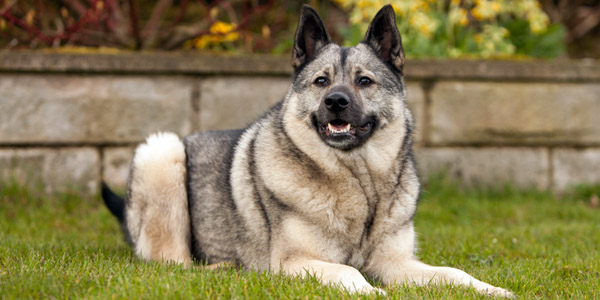
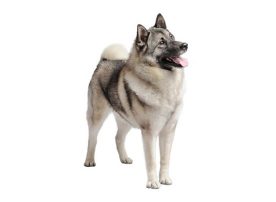
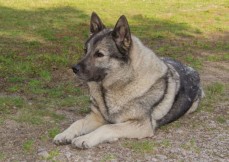

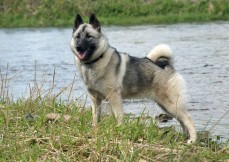
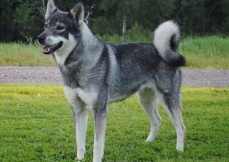












 in Chandigarh, India.
in Chandigarh, India. 
